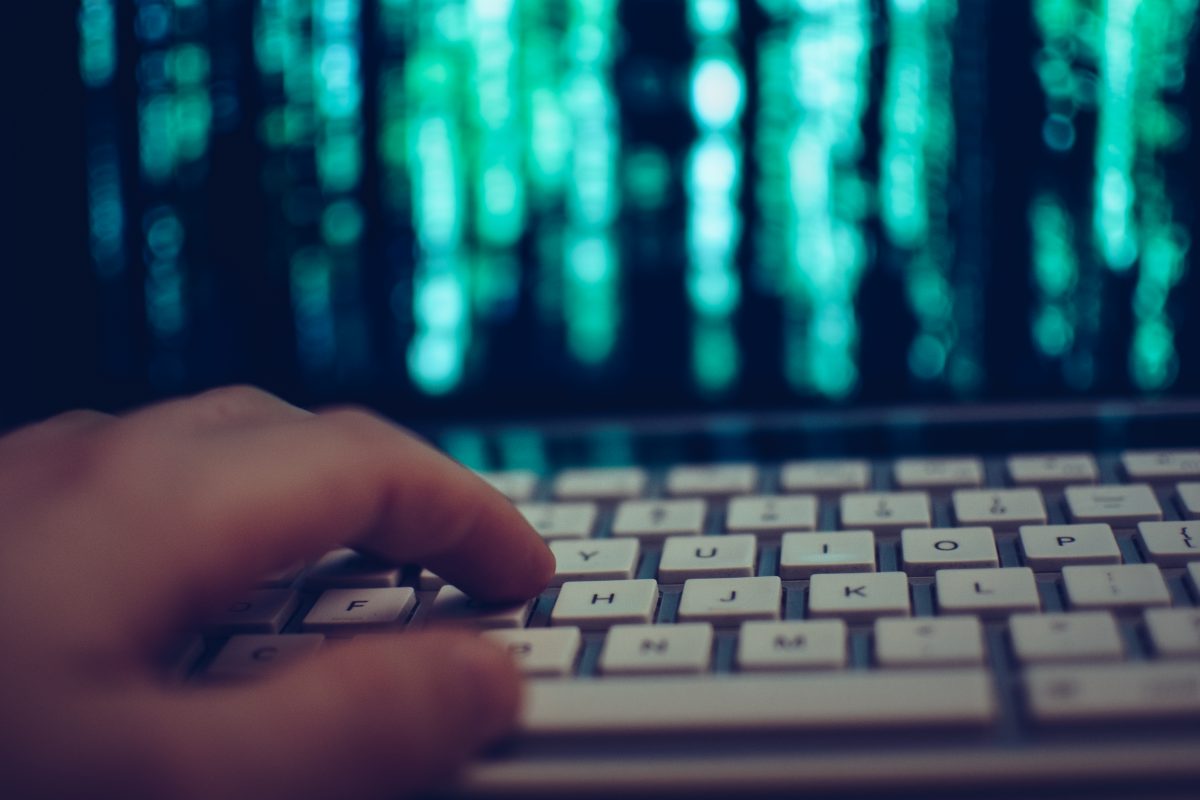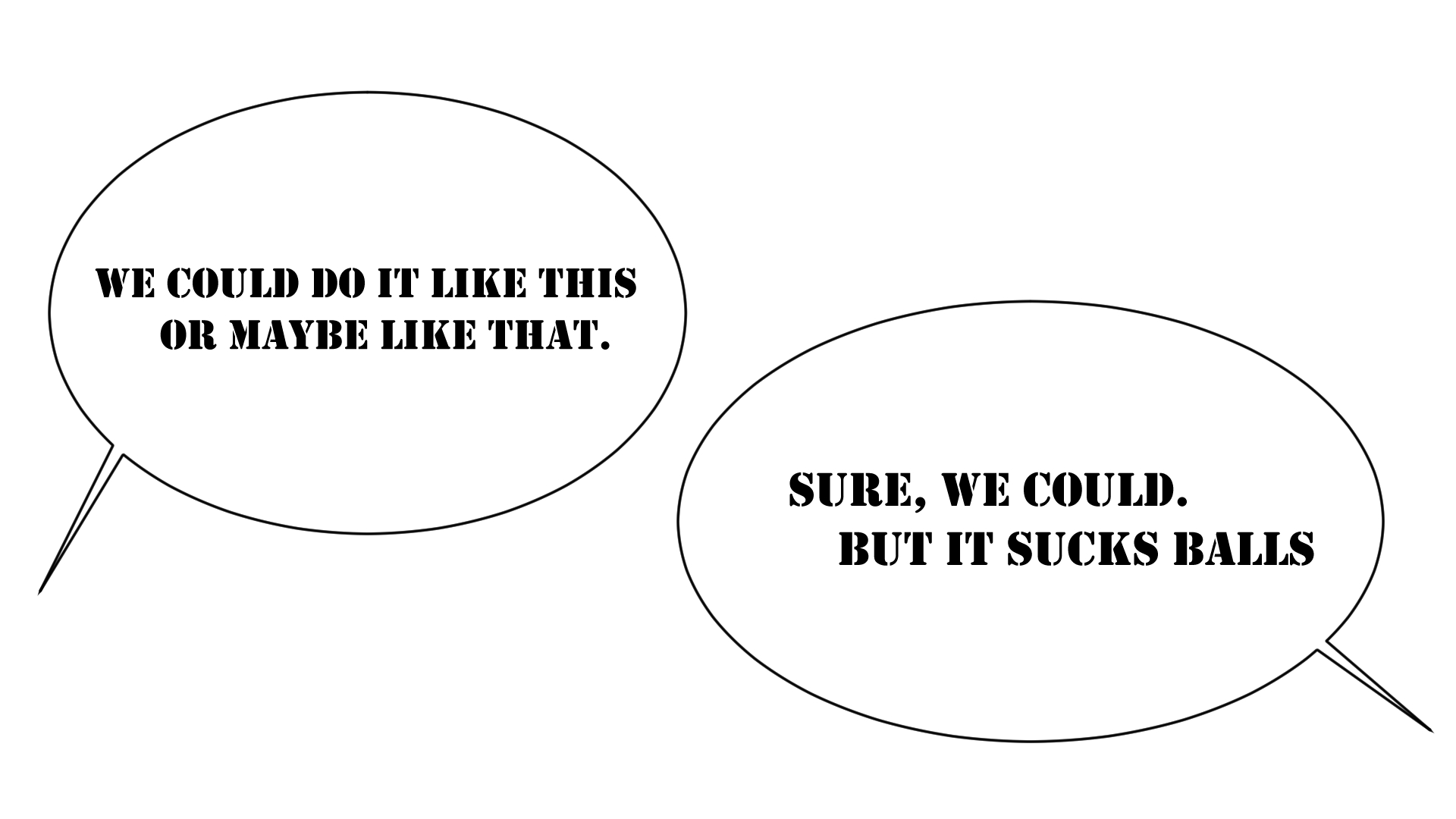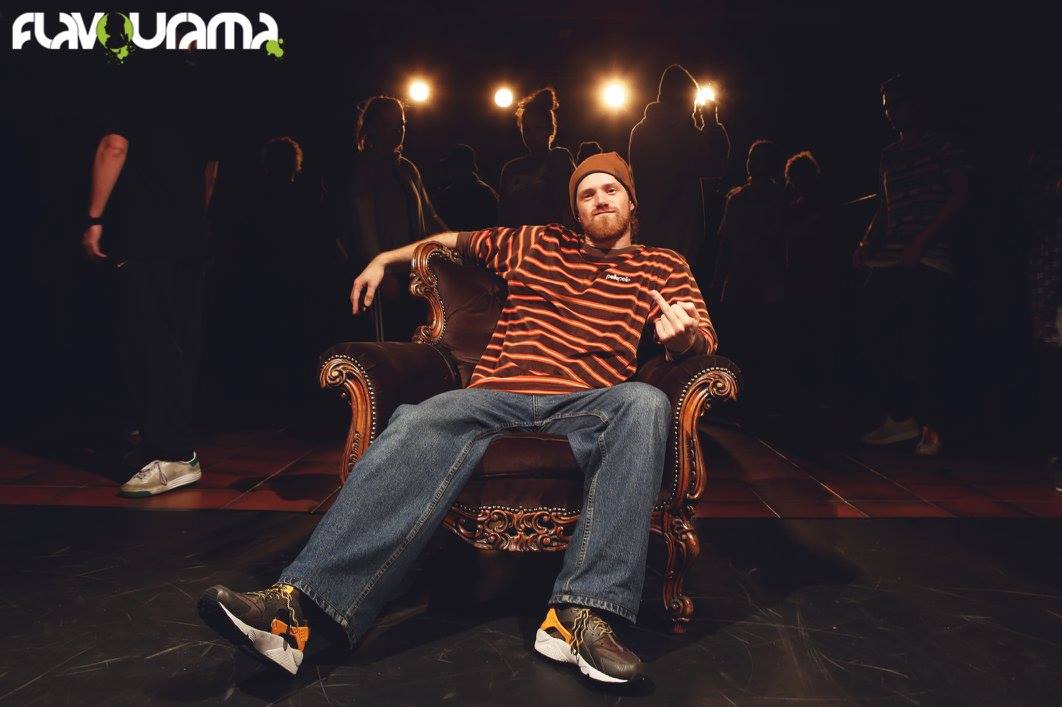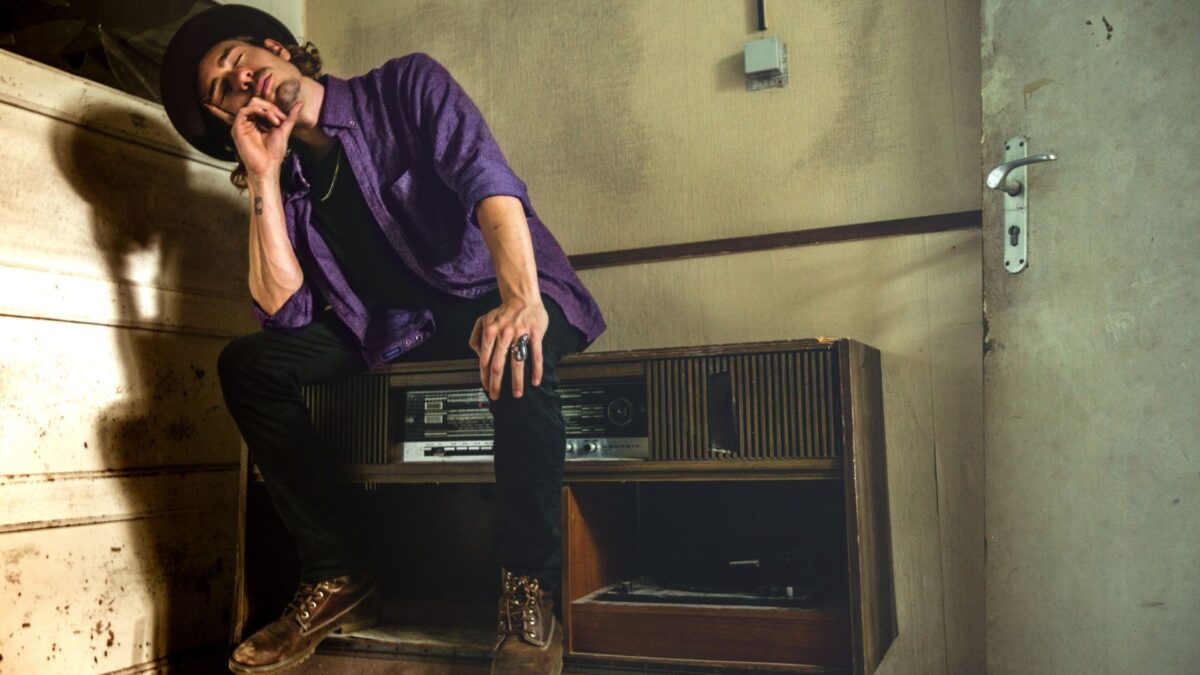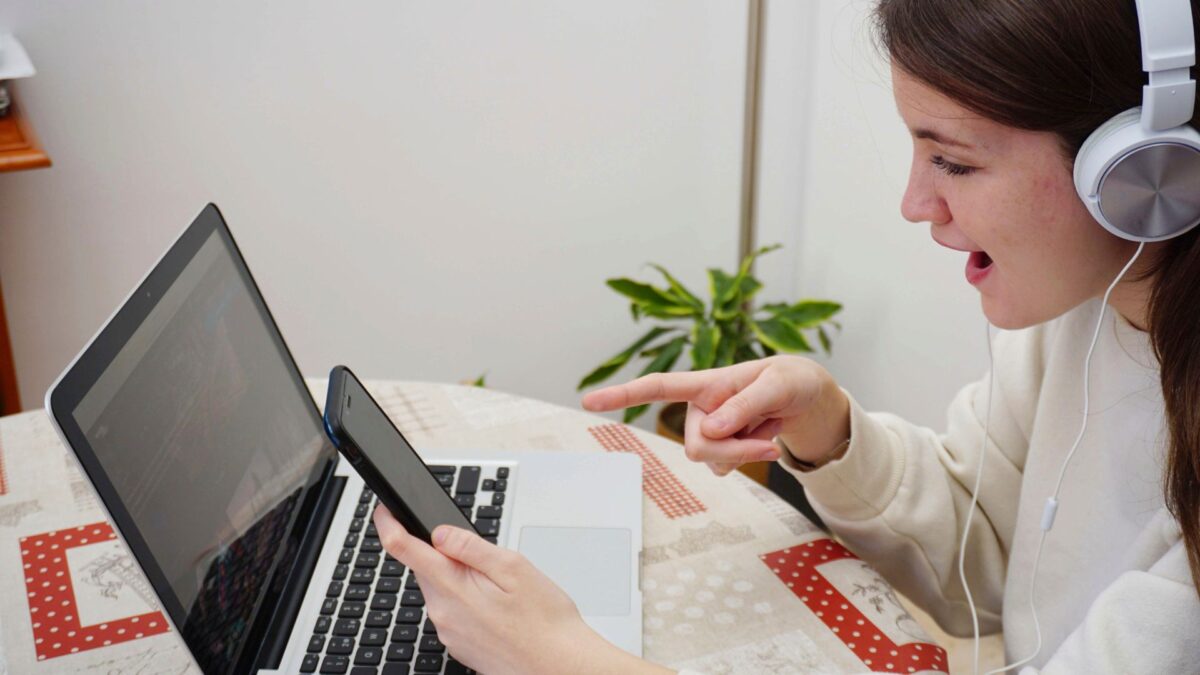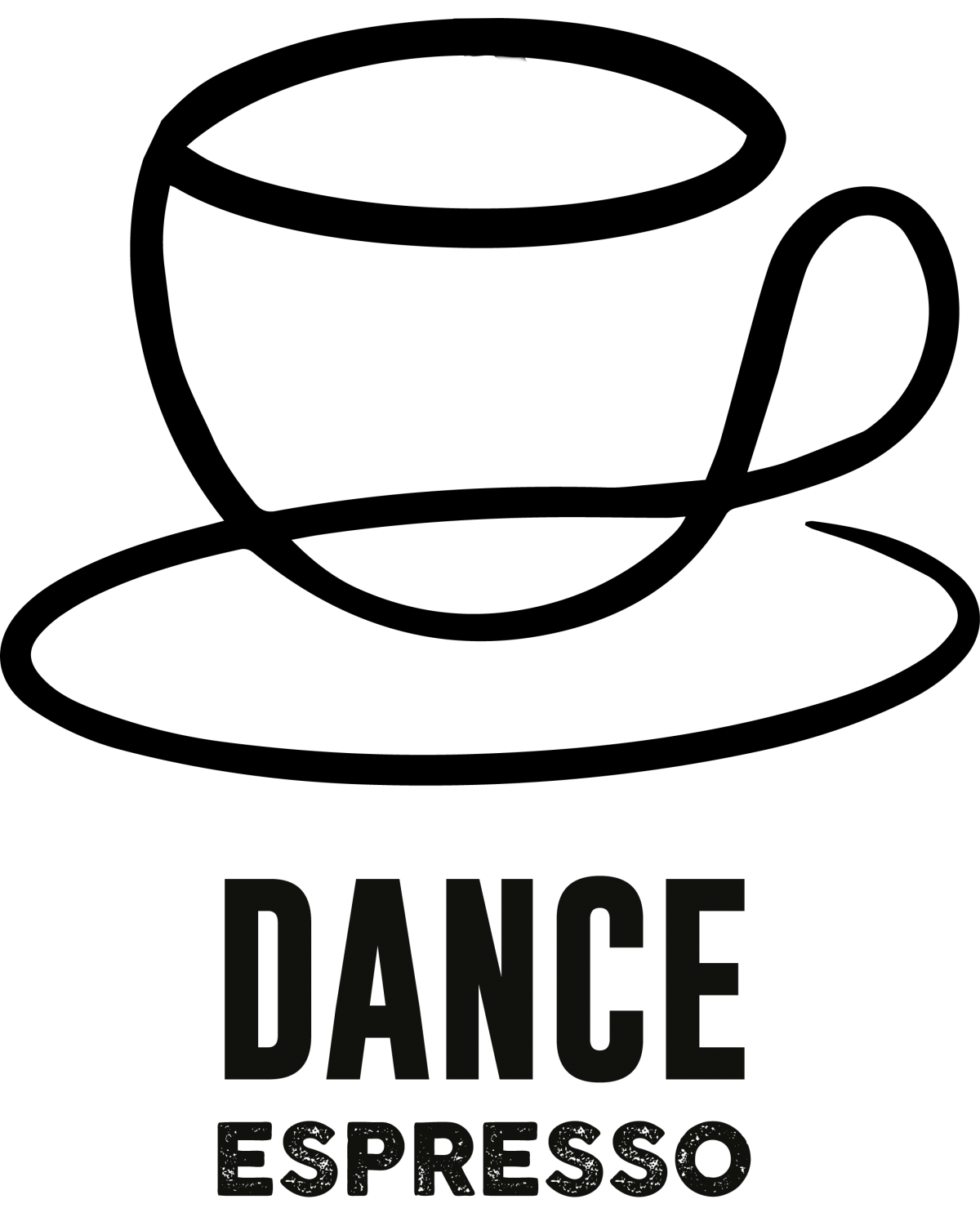Selling and distributing art has always been a pain in the ass, but blockchain offers a potential solution with NFTs – which stands for Non-Fungible Tokens. Imagine being able to sell your piece of work, which can be everything that you can bring into the digital space, immediately and worldwide with 100% proof of who created it, who bought and therefore owns it, and built-in mechanics to collect royalties if it is resold. That is the concept behind NFTs.
Navigating the Old School Art Scene
Let’s be real. Selling and getting your art out there in the traditional art world is like navigating a maze blindfolded. Galleries and auction houses act like they own the joint, picking and choosing whose art gets to see the light of day. This means a whole bunch of seriously talented artists get left in the dust, struggling to get their work in front of the people who might actually want to buy it.
And don’t get me started on pricing. It’s about as clear as mud. The price tag on a piece of art has more to do with who you know, what some critic said on a Tuesday, or which way the wind is blowing, rather than the actual quality of the work. Plus, when your art does sell, you’re lucky if you see half the dough. The rest of it goes to the middlemen, and if your work gets resold for a higher price later, do you see any of that sweet profit? Nope, nada.
Now, let’s not forget about the headache that is managing physical art. You’ve got to sort out storage, deal with the nightmare of transporting it without damaging it, and fork out for insurance just in case. And the kicker? Your work can only be seen by people who stroll into the gallery or exhibition it’s in. But here’s the thing. We’re living in the digital age, folks. Shouldn’t there be a better way to sell and share our art? That’s where NFTs, or Non-Fungible Tokens, come in. They might just be the game-changer in the art world we’ve all been waiting for.
The New Kid on the Block(chain)
Imagine this: You take your art, whatever that might be – a painting, a doodle, a digital masterpiece – and you create a digital token for it. This token, my friends, is an NFT, a Non-Fungible Token. It’s unique, it’s special, it’s like a digital certificate of authenticity that says, “Hey, this piece of art? It’s one-of-a-kind, and it’s all yours.”
So, you’ve got your NFT art, and here’s where the blockchain comes in. The blockchain is like a secure digital ledger, keeping track of all the ins and outs of your NFT art. It’s permanent, it’s transparent, and it’s tamper-proof. That means when you sell your NFT art, there’s a permanent record of that sale – who sold it, who bought it, and for how much. It’s like a digital paper trail that can’t be fudged.
With NFT art, you’re not just selling your work to the highest bidder. You’re also setting up a way to keep earning every time your art changes hands. Remember when I said you don’t see a dime when your art gets resold in the traditional art world? Well, with NFT art, you can set it up to get a cut every time your art gets resold. Talk about a revolution! NFTs and blockchain are not just changing the game; they might be able to flip the whole darn art table.
Getting Your Feet Wet in the NFT Art Pond
Diving into the NFT art space isn’t all sunshine and rainbows. At least, not yet. It’s a bit like learning to swim in the deep end. There are a few things you need to watch out for.
First up, the tech stuff. If you’re not a bit of a tech whizz, the whole process of creating NFT art can be a bit daunting. You’ve got to get your head around things like crypto-wallets, gas fees, and minting tokens. And if those words sound like a foreign language, you’re not alone. But don’t fret. With a bit of patience, a healthy dose of curiosity, and maybe a YouTube tutorial or two, you can get the hang of it.
Then there’s the rollercoaster ride that is the world of cryptocurrency. One minute you’re on top of the world; the next you’re in the pits. That’s because the value of cryptocurrencies like Ethereum or Cardano can shoot up and down faster than a yo-yo. So, if you’re not up for a bit of a thrill ride, this might not be the space for you.
Stepping into the world of NFT art is a bit like embarking on a wild adventure. There might be a few bumps in the road, but it can be exciting.
I suggest you get on-board immediately, but I understand if you want to watch the space first. Just don’t sleep on it and miss a potential opportunity that could unleash your work. Early adopters are always the ones who profit most when “their” tech goes mainstream.
If you want to read up on how to turn you art into an nft, check out the projects below.
- NMKR.io is a platform that allows you to mint and sell NFTs on the Cardano Blockchain.
- Opensea is one of the biggest marketplaces on Ethereum
- LooksRare is one of it’s main competitors
- jpg.store is an amazing marketplace on Cardano
My experiences with NFTs
I tried it and created my own NFT. As I can’t record a more significant dance piece right now, I went with a comic that speaks to the crypto-community. I am not a painter myself, so I commissioned the piece. Setting up the contract was a matter of 3 minutes, but I already had a crypto-wallet ready for use and understand how code and computers work.
It cost me around 0,17 ETH (which is EUR 230 at the moment of this writing), including the artwork itself and the fees to set up the smart contract.
As my intent is not selling but getting my head around how it works, I priced the token relatively high for what it offers. If someone buys – nice, if not – I have a token that predicts the future of cryptocurrency, created in 2021 – before the whole world started talking about NFTs.
In case you are interested, here is my first NFT “A Taste of Things To Come.”
The success-story of Beeple
Beeple has become a significant figurehead in the NFT world, having sold his digital art piece “Everydays: The First 5000 Days” at Christie’s auction house for a staggering $69 million in March 2021. This sale not only propelled Beeple into the spotlight but also accentuated the potential of NFTs as a revolutionary tool for artists. With blockchain’s authentication and royalty mechanism, artists could now reap the benefits of their work’s resale, disrupting traditional art market dynamics.
Beeple’s monumental success has also highlighted the democratizing aspect of NFTs in the art world. Unlike the usual high-end art auctions catering primarily to the upper echelons, the NFT market invites participation from anyone with an internet connection and some cryptocurrency. This innovative approach offers a new platform for artists and collectors alike, expanding the boundaries of the art market.
The Future of NFT Art
As we continue to witness the digital revolution unfold, one of the most intriguing developments in the art world is the rise of Non-Fungible Tokens (NFTs). These digital assets are transforming the way art is created, distributed, and traded, harnessing the power of blockchain technology to bring about a new era of art appreciation and ownership. NFTs provide a digital certificate of ownership that can be bought and sold, with the blockchain forever showing the original creator. This is a significant evolution from traditional art markets and one that could potentially revolutionize the industry.
Currently, NFTs are slowly drifting into the mainstream, and everyone who gets on board now can be considered an early adopter. At the moment, NFTs are priced and bought in cryptocurrency, which is likely to remain the status quo for a while. However, with the rising popularity of NFTs, there will likely be more apps and service providers that will make it easier for everyone to enter the NFT space.
Moreover, a plethora of NFT creator software has emerged, catering to different needs and skill levels. For instance, GoArt enables the conversion of images into realistic artistic works and efficiently mints NFTs. PixelChain is an NFT creator software that stores information and metadata efficiently in the chain, ensuring that the data is always accessible. Nifty Ink is a platform that allows artists to create, sell, and earn tokens without learning blockchain techniques. Other notable software includes Fotor, NightCafe, VoxEdit, and Hotpot.ai, each offering unique features to aid artists in their NFT creation journey2.
NFT Trends and Implications for Artists
As for the future trends in the NFT art space, it’s important to note that the landscape is rapidly evolving and can be influenced by various factors such as technological advancements, market demand, and legal regulations. While I was unable to find specific future trends due to time constraints, I can infer a few potential trends based on the current state of the NFT art market.
- Increased accessibility and ease of use: As the technology matures, the process of creating and trading NFTs is likely to become more user-friendly, attracting more artists and collectors to the space.
- More diversified use of NFTs: While NFTs are currently popular in the art world, they could be used for a wide range of digital assets, including music, virtual real estate, and digital collectibles.
- Integration with other technologies: We might see more integration of NFTs with other emerging technologies such as virtual and augmented reality, which could create new ways for artists to showcase their work and for audiences to experience it.
- More regulatory clarity: As the NFT market grows, it’s likely that more regulations will be put in place to address issues such as copyright infringement and fraud, which could impact how artists create and sell NFT art.
While NFTs provide exciting opportunities for artists, they also come with potential risks and challenges. These include price volatility, security concerns and the environmental impact of blockchain technology. Therefore, artists should carefully consider these factors before diving into the NFT art world.
Will you be brave and early as one of the early adopters, or do you prefer to watch and see how it goes before you jump on the train?

